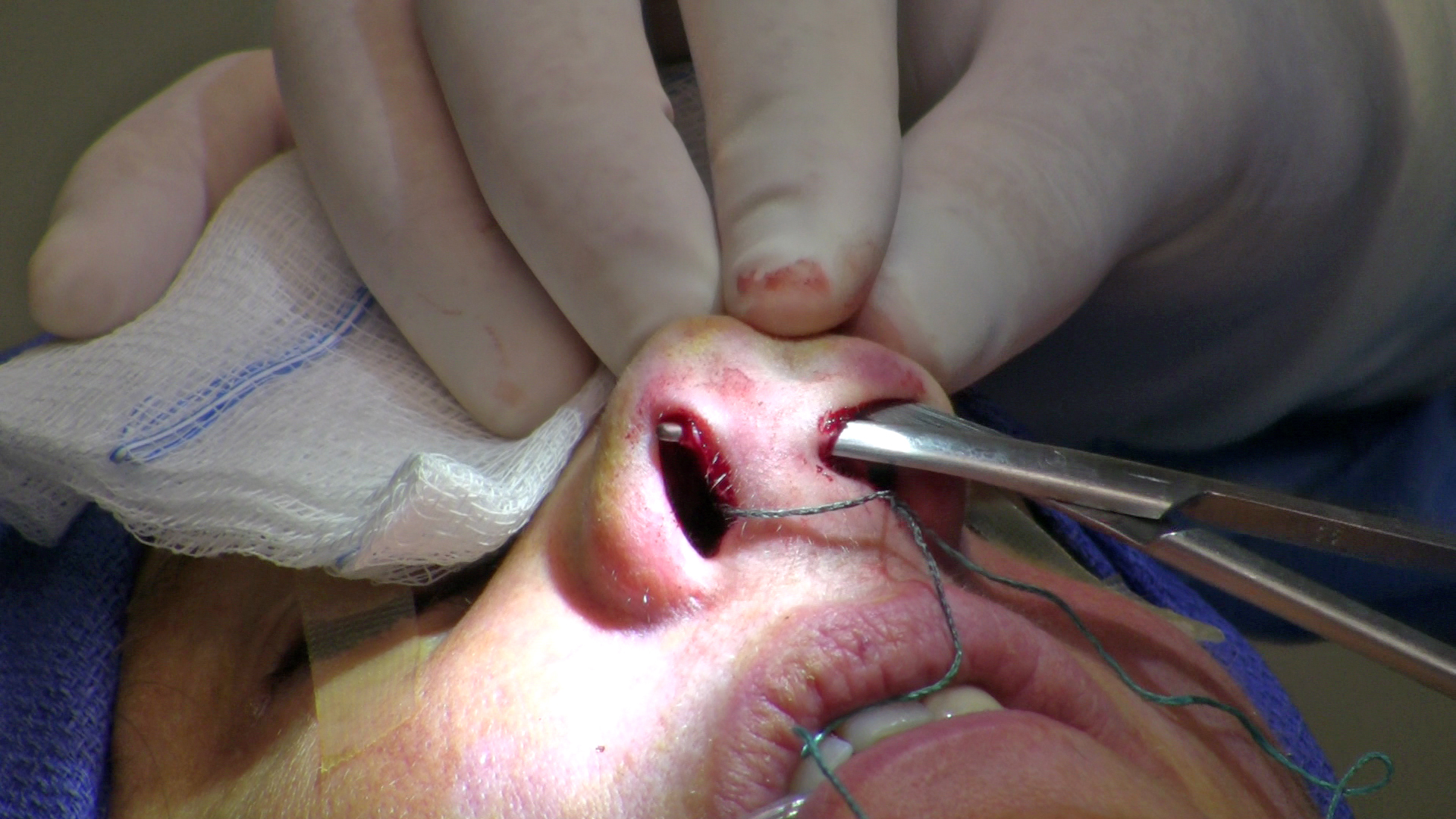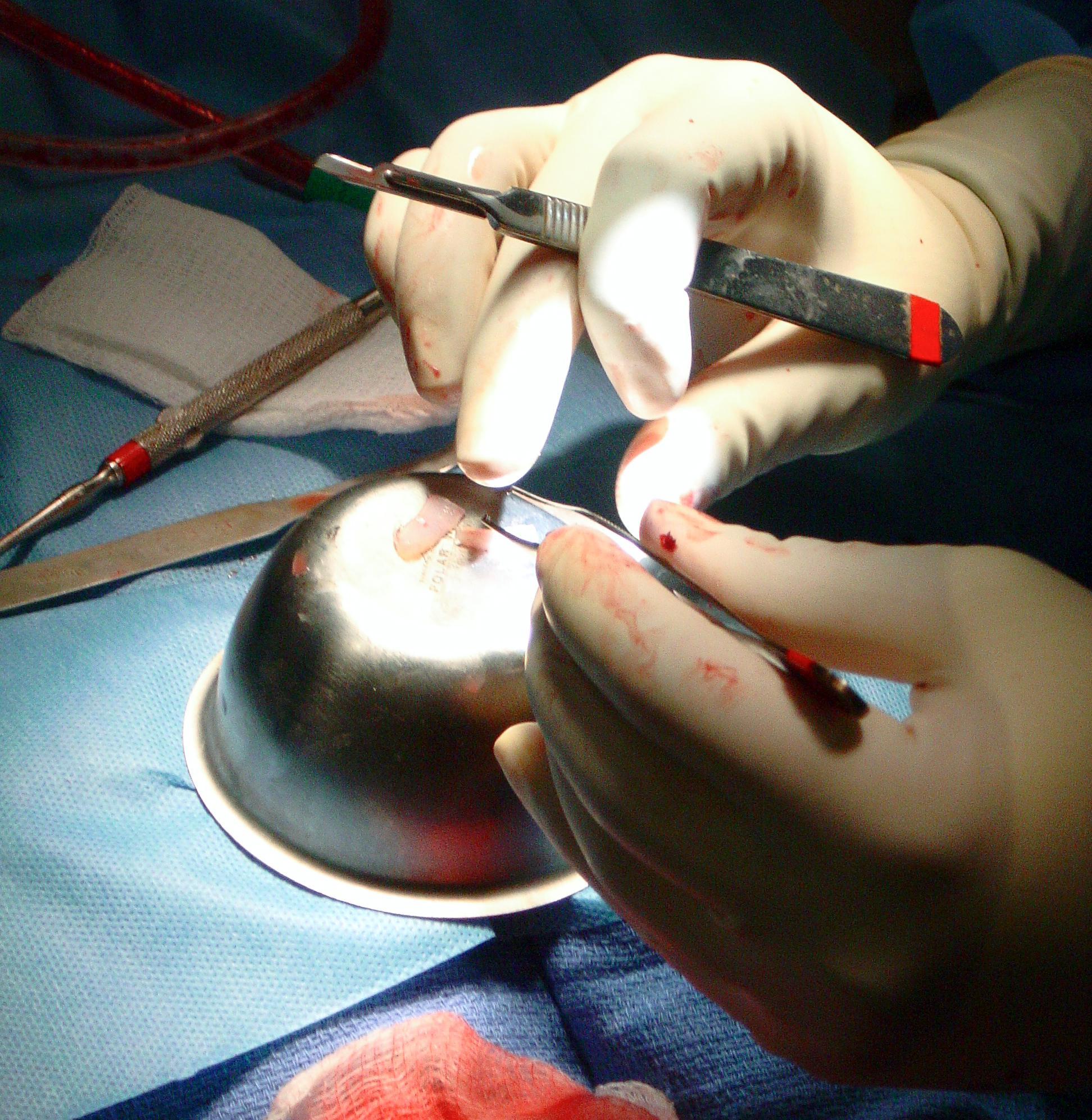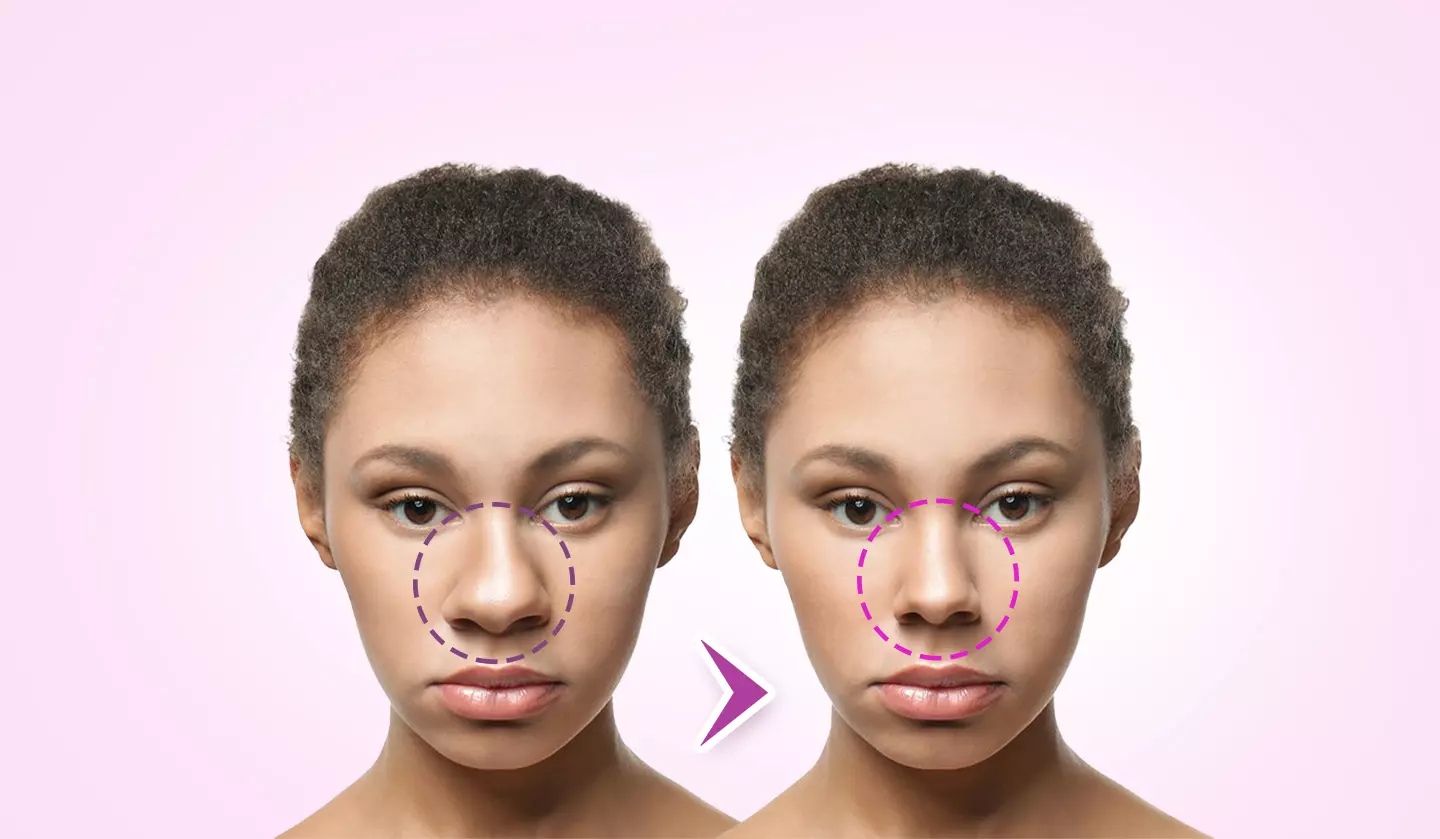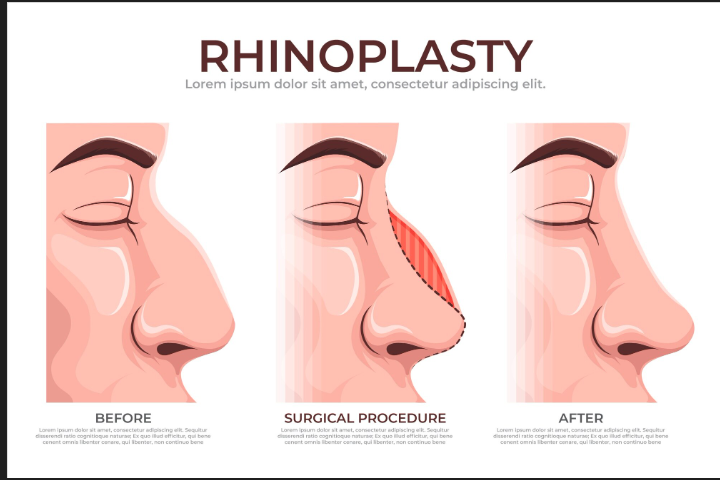Choosing the right rhinoplasty technique is a significant decision for anyone considering nose reshaping surgery. Two primary approaches exist: open rhinoplasty and closed rhinoplasty. This article from Dr Celso Boechat will break down the differences, benefits, and drawbacks of each method to help you make an informed choice.
What Is Open Rhinoplasty?
Open rhinoplasty involves a small incision across the columella, the strip of skin between the nostrils. This incision allows the surgeon to lift the skin and soft tissues covering the nasal structure, providing complete visibility of the underlying bone and cartilage. This direct access allows for more extensive reshaping and corrections. It’s akin to opening the hood of a car to get a clear view of the engine. This approach is often favored when significant structural changes are required.


Understanding Closed Rhinoplasty
Closed rhinoplasty is performed entirely through incisions inside the nostrils. No external incisions are made. The surgeon works with specialized instruments to reshape the nose without lifting the skin. This approach is less invasive than open rhinoplasty. It’s like performing intricate repairs inside the car engine with limited access. This method is generally preferred for less extensive adjustments.
Key Differences Between Open and Closed Rhinoplasty
The fundamental difference between Open vs Closed Rhinoplasty lies in the surgeon’s access to the nasal structures. Open rhinoplasty provides direct visualization, while closed rhinoplasty relies on the surgeon’s skill and tactile feedback. This difference influences several factors:
-
Visibility: Open rhinoplasty offers superior visibility, allowing for more precise work, especially in complex cases. Closed rhinoplasty offers limited visibility, making it more challenging for extensive reshaping. This is a crucial factor when dealing with intricate nasal anatomy.
-
Scarring: Open rhinoplasty leaves a small, usually barely noticeable scar on the columella. Closed rhinoplasty leaves no external scars. The concern about scarring is a common consideration for patients.
-
Recovery: Swelling and bruising tend to be more pronounced and last longer after open rhinoplasty. Recovery after closed rhinoplasty is generally quicker. This difference can impact a patient’s return to daily activities.
-
Procedure Complexity: Open rhinoplasty is often preferred for more complex nasal reshaping, such as significant changes to the tip of the nose or correcting deformities. Closed rhinoplasty is better suited for less extensive adjustments. This speaks to the scope of what each technique can accomplish.
-
Surgical Time: Open rhinoplasty procedures typically take longer than closed rhinoplasty due to the extra steps involved. This is a factor for both the surgeon and the patient.
Pros and Cons of Each Rhinoplasty Technique
Open Rhinoplasty:
Pros:
- Excellent visibility for complex procedures
- More precise reshaping
- Ideal for significant corrections and revisions
- Allows for structural grafting and support
Cons:
- Small external scar
- Longer recovery period
- More swelling and bruising
Closed Rhinoplasty:
Pros:
- No external scars
- Shorter recovery time
- Less swelling and bruising
Cons:
- Limited visibility
- Not suitable for all types of corrections
- Steeper learning curve for surgeons


Which Rhinoplasty Approach Is Right for You?
The best rhinoplasty technique depends on your individual needs and goals. Factors to consider include:
-
Extent of Reshaping: Minor adjustments are often achievable with closed rhinoplasty. More significant changes usually require open rhinoplasty. This is often the deciding factor.
-
Nasal Anatomy: Complex nasal structures might necessitate the open approach for better visualization. A thorough examination by the surgeon is essential.
-
Revision Surgery: Open rhinoplasty is often preferred for revision procedures, as it allows for more extensive corrections. Previous surgeries can complicate the anatomy.
-
Surgeon’s Expertise: A skilled surgeon can achieve excellent results with either technique. Discuss your surgeon’s experience with both methods. Surgeon skill is paramount.
The most important step is to consult with a qualified and experienced plastic surgeon. They will assess your nasal structure, discuss your desired outcomes, and recommend the most appropriate technique for your specific situation. Don’t hesitate to ask questions and express your concerns. A good consultation is the cornerstone of a successful outcome.


FAQ Section
Q: How long is the recovery period after rhinoplasty?
A: Recovery time varies depending on the type of rhinoplasty and individual healing. Generally, expect swelling and bruising to subside significantly within a week or two. Full healing and refinement of the final results may take several months. Patience is key during the healing process.
Q: Will I have visible scars after rhinoplasty?
A: Open rhinoplasty leaves a small scar at the base of the columella. Closed rhinoplasty leaves no external scars. The columellar scar from open rhinoplasty usually fades and becomes barely noticeable over time. Scarring is a common concern, and surgeons take measures to minimize its appearance.
Q: Is rhinoplasty painful?
A: Most patients experience some discomfort after rhinoplasty, which can be managed with pain medication. Significant pain is rare. Pain management is an important part of the post-operative care.
Q: What are the risks of rhinoplasty?
A: Like any surgical procedure, rhinoplasty carries some risks, including infection, bleeding, adverse reactions to anesthesia, and unsatisfactory results. Choosing a qualified and experienced surgeon can minimize these risks. Informed consent is crucial.
Q: How much does rhinoplasty cost?
A: The cost of rhinoplasty varies depending on several factors, including the surgeon’s fees, location, type of procedure, and anesthesia costs. It’s best to consult with a surgeon to get an accurate cost estimate. Cost is a significant consideration for many patients.
Q: Can I combine rhinoplasty with other procedures?
A: Yes, rhinoplasty can be combined with other facial procedures, such as septoplasty (to correct a deviated septum) or chin augmentation, to achieve overall facial harmony. Combining procedures can sometimes offer synergistic benefits.
Q: When can I return to normal activities after rhinoplasty?
A: Most patients can return to light activities within a few days after surgery. Strenuous activities should be avoided for several weeks. Your surgeon will provide specific guidelines. Following post-operative instructions is vital for proper healing.
Q: How long do the results of rhinoplasty last?
A: Rhinoplasty results are generally considered permanent, although the nose may continue to undergo subtle changes over time due to aging. While the results are long-lasting, natural aging processes can still affect the nose.
Q: What type of anesthesia is used for rhinoplasty?
A: Rhinoplasty is typically performed under general anesthesia, although local anesthesia with sedation may be an option in some cases. Your surgeon will discuss the best option for you. The choice of anesthesia is tailored to the individual patient.
Q: Is closed rhinoplasty always the better option because there are no visible scars?
A: No. While the absence of external scars is a definite advantage of closed rhinoplasty, it’s not always the “better” option. The best approach depends on the extent of the work needed and the patient’s individual anatomy. For complex cases, open rhinoplasty often provides the necessary visibility and access for optimal results, even with the small potential for a scar. The surgeon’s expertise will guide the decision. The focus should always be on achieving the best possible outcome for the patient, not just avoiding a scar. A thorough discussion with the surgeon is essential to determine the most appropriate approach.





